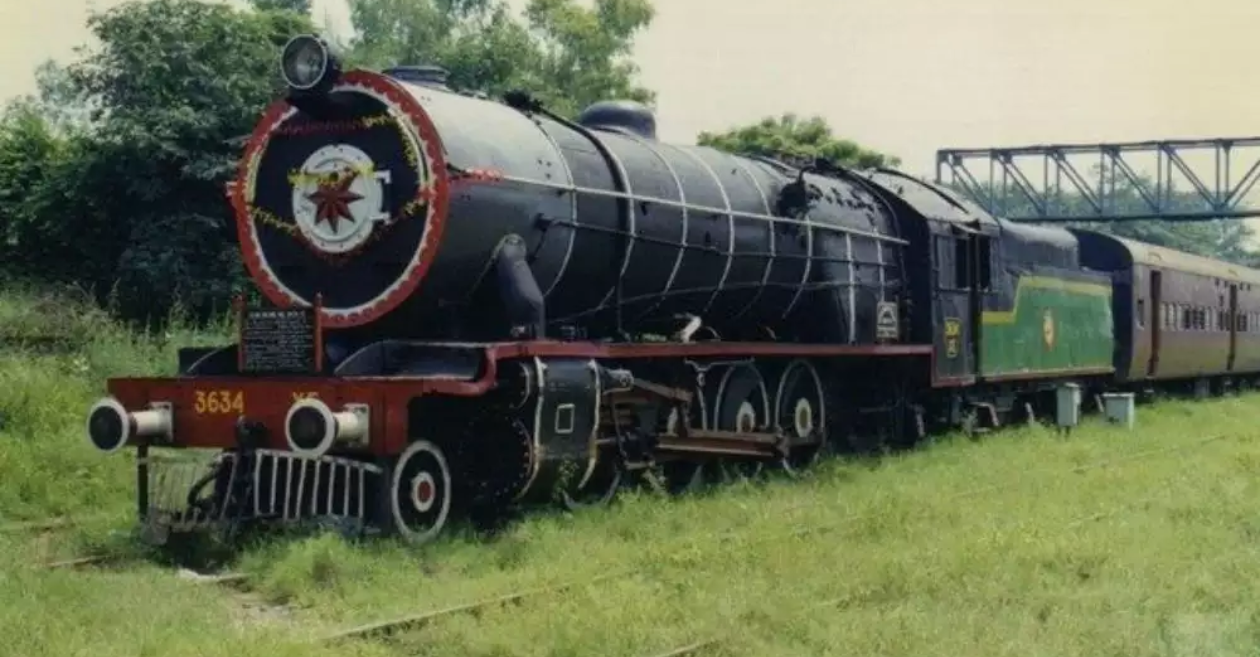


In our busy lives, when we travel on trains, we might not notice the important network of tracks that keeps everything running smoothly. That's where National Rail comes in – it's a crucial part of how we get around. National Rail quietly works behind the scenes, making sure our train journeys go smoothly. Let's take a simple trip to understand it better, breaking down the basics and finding out why National Rail is important for all of us.
People Also Read: Who Is Ryne Sandberg?
National Rail is not just a set of steel tracks; it's a comprehensive network that spans the length and breadth of the United Kingdom. It's the beating heart of our rail transportation system, linking cities, towns, and rural areas, facilitating the movement of millions of people every day.
National Rail is essentially a vast network of steel tracks that crisscross the country. These tracks are meticulously laid out to create a system that connects major cities and remote corners alike.
Multiple train operating companies operate on the National Rail network. They are responsible for running trains, selling tickets, and maintaining certain aspects of the stations.
National Rail comprises an extensive list of stations, each serving as a gateway to different parts of the country. From bustling city terminals to quaint rural stops, these stations are the nodes that keep the system flowing.
National Rail acts as the glue that binds our communities and cities together. Understanding its role in connecting people is essential for appreciating its significance.
National Rail seamlessly connects major cities like London, Manchester, and Edinburgh, fostering economic growth and cultural exchange.
It extends beyond city limits, reaching smaller towns and villages. This ensures that even the most remote areas are not isolated, promoting inclusivity and accessibility.
For daily commuters, National Rail is a lifeline, offering a reliable means of transportation for work and leisure. It eases congestion on roads and provides an eco-friendly alternative.
| Statistic | Figure |
| Total Track Length | 15,799 miles |
| Stations Across the Network | 2,563 |
| Annual Passenger Journeys | Over 1.7 billion |
| Daily Train Services | Approximately 24,000 |
In an era where environmental concerns are paramount, National Rail plays a crucial role in promoting sustainable transportation.
Trains are inherently more energy-efficient than individual vehicles, contributing to a reduction in carbon emissions.
The transition to electrified tracks and electric trains is a step towards cleaner, greener transportation within the National Rail system.
National Rail isn't just about trains going from one place to another. It's like a big web of tracks, stations, and companies all working together. It helps connect different communities, helps businesses grow, and encourages eco-friendly travel. The next time you hop on a train, think about all the amazing things National Rail does behind the scenes. It's like a quiet superhero, making sure we can all keep going where we need to be.
National Rail is the extensive railway network in the United Kingdom, connecting cities, towns, and villages through a vast system of steel tracks.
National Rail serves as a lifeline for daily commuters, offering a reliable and eco-friendly means of transportation, reducing congestion on roads.
It comprises steel tracks, various Train Operating Companies (TOCs), and a network of stations, working together to form a comprehensive transportation system.
With a track length of 15,799 miles, over 2,500 stations, and handling more than 1.7 billion annual passenger journeys, National Rail is a colossal transportation network.
National Rail contributes to sustainability by reducing carbon emissions through energy-efficient trains and advancements in electrification across its network.

Are you looking for a comfortable and

In a world full of amazing technology

In today's fast-moving tech world, Br

In the world of utilities, EPCOR shin

In the confusing world of money and i

In a world where danger feels close,
Trash to treasure: How Google thinks
Spring Fashion Show at the University
Matter of Impact: April updates from
Android Enterprise security delivers
We are not gonna make spamming
Copyright By@TheWebTrends - 2023
BACK TO TOP